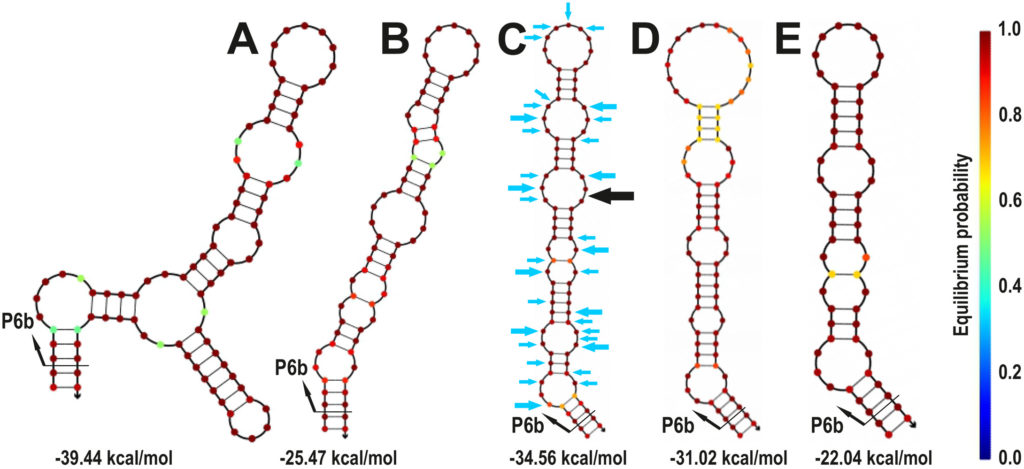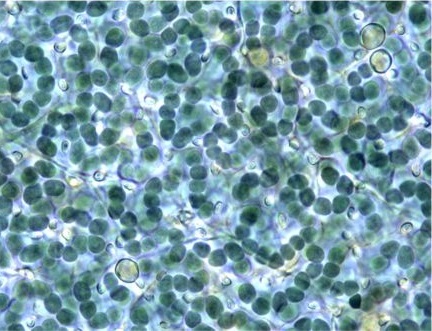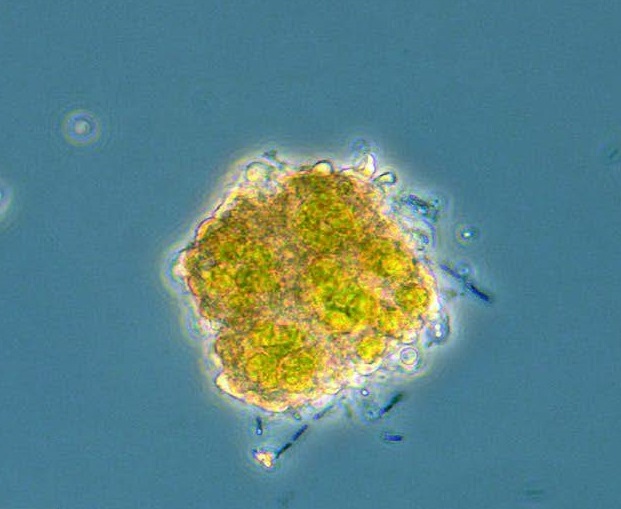The group I intron interrupting the tRNALeu UAA gene (trnL) is present in most cyanobacterial genomes as well as in the plastids of many eukaryotic algae and all green plants. In lichen symbiotic Nostoc (Cyanobacteria), the P6b stem-loop of trnL intron always involves one of two different repeat motifs, either Class I or Class II, both with unresolved evolutionary histories. Lichen symbiotic Nostoc can be divided into at least two main types, the Nephroma type and Peltigera/Collema type Nostoc, which mainly seem to associate with different groups of mycobionts among Peltigerales, and trnL is an effective marker in separating between these two main types of Nostoc. According to the phylogenetic analyses using the 16S rRNA gene and the conserved parts of the trnL, the Nephroma type Nostoc is also a monophyletic entity. Additionally, recombination breakpoints were detected in the 16S region as well as in several other tested cyanobacterial genetic markers, indicating that horizontal transfer of genetic material has influenced the evolution also among the lichen symbiotic Nostoc.
Kaasalainen U, Olsson S, Rikkinen J. 2015. Evolution of the tRNALeu (UAA) Intron and Congruence of Genetic Markers in Lichen-Symbiotic Nostoc. PLoS ONE 10(6): e0131223, doi.org/10.1371/journal.pone.0131223.
Olsson S, Kaasalainen U, Rikkinen J. 2012. Reconstruction of structural evolution in the trnL intron P6b loop of symbiotic Nostoc (Cyanobacteria). Current Genetics 58: 49–58, doi.org/10.1007/s00294-011-0364-0.

Keywords: indel, rbcLX, nifV1, rpoC2, Saguaro

